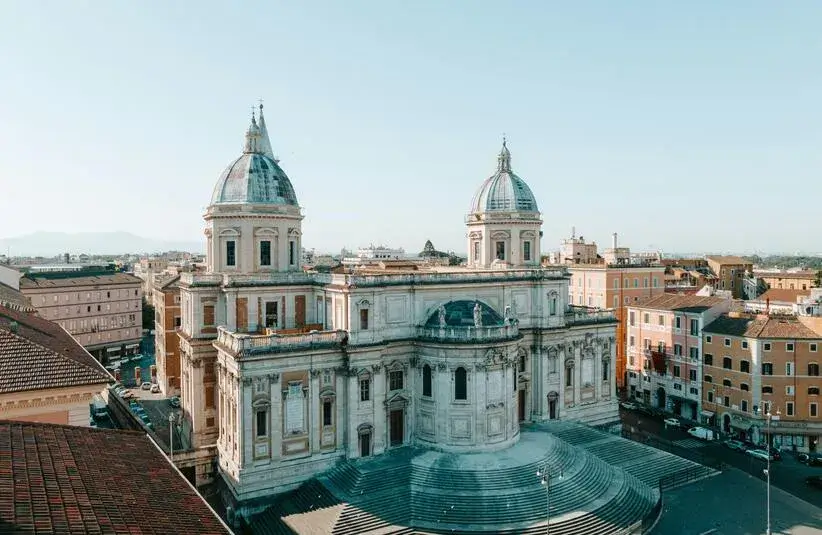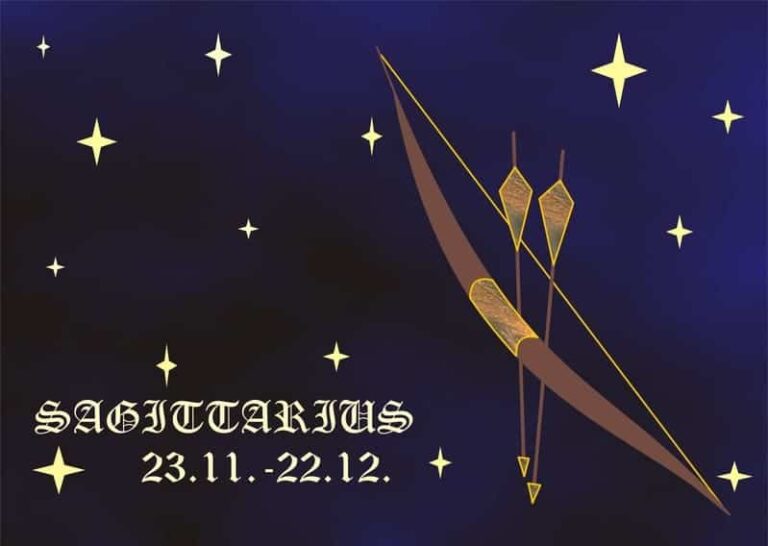Saint Joseph Cupertino 17th Century Italian Conventual Franciscan Friar and Mystic
Saint Joseph Cupertino was born on June 17, 1603, and he died on September 18, 1663. He was an Italian Conventual Franciscan friar, mystic, and saint. Saint Joseph of Cupertino was simple, but he experienced miraculous levitation and ecstatic visions throughout his life. He applied to the Conventual Franciscan friars, but was rejected due to his lack of education. He was then a stable boy. Saint Joseph of Cupertino impressed the friars so much with the devotion and simplicity of his life that in 1625, he was admitted to their Order, and he became a priest. Amazingly, God works miracles through the simple, isn’t it?
Saint Joseph Cupertino Biography
Saint Joseph Cupertino’s father died before his birth, and the family home was seized to settle the large debts he had left. And his mother was forced to give birth to him in a stable. He began to experience visions, which made him the object of scorn. He had frequent outbursts of anger. He became a shoemaker and was drawn to the religious life. In 1620, he applied to the Conventual Franciscan friars for the first time.
Saint Joseph Cupertino returned to his family, and it was then that he became a stable boy. However, when they were impressed by him and admitted him, he struggled academic studies. Finally, Joseph was ordained a priest on March 28, 1628. His first assignment was the convent of Santa Maria della Grotella, just outside Cupertino. He was there for the next 15 years.
Saint Joseph Cupertino began to levitate while participating in the Mass. He gained a widespread reputation for holiness among the people of the region and beyond. He was deemed disruptive by his religious superiors and church authorities, however, and eventually was confined to a small cell and forbidden to join in any public gathering of the community.
Saint Joseph Cupertino was suspected of witchcraft. He was denounced to the Inquisition. At their command, he was transferred from one Franciscan friary in the region to another, to another. He practiced severe asceticism throughout his life, usually eating solid food only twice a week, and adding bitter powders to his meals. He did this for thirty-five years of his life, following this regimen.
Finally, on July 9, 1657, Saint Joseph Cupertino was allowed to return to a Conventual community, being sent to the one in Osimo, where he died on September 18, 1663. He was beatified in 1753. and canonized in 1767.
Saint Joseph Cupertino Veneation
Much of what is known of Saint Joseph Cupertino comes from testimonies contained in canonization inquests. Domenico Bernino, who claimed to witness an ecstasy, followed with his own work. Alleged eyewitness reports of Joseph’s levitations are noted to be subject to gross exaggeration. Robert D. Smith, in his book Comparative Miracles (1965) suggested that Joseph performed feats similar to a gymnast.
Some were skeptical that Joseph’s most dramatic aerial traverses were launched by a leap, not by a simple, slow rising while merely standing or kneeling. They were never circuitous or spiraling flights like a bird’s. Invariably, Joseph’s propulsions began with a shout or scream. Another historian finds it difficult to consign the testimony of Joseph’s levitations to lies or mass hysteria. Trickery or illusionist contraptions are ruled out.
Conclusion
Saint Joseph Cupertino is the patron saint of students, exam takers, and the learning disabled because he struggled so mightily with his ordination exams. There seems to be some controversy about whether he experienced ecstasy or levitated. Historians will debate these questions, but the probably did happen, and, if so, he is a saint who is worth knowing.






